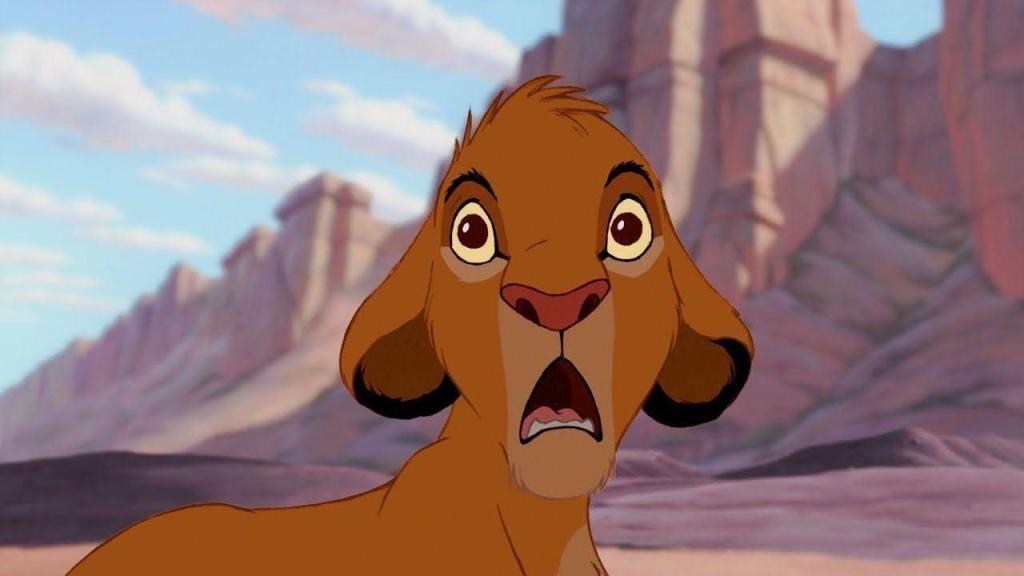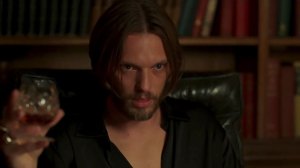If you grew up rewinding and pausing your Disney VHS tapes to see the dirty Easter eggs placed in there by sneaky animators, it may be your mind, and not theirs, that was dirty. According to a veteran Disney animator, the vast majority of the obscene Easter eggs documented in Disney movies over the years are either fake, or unfortunate coincidences that audiences saw before the people working on the movies. One classic (and already-debunked) example is the supposed outrage over a building on the cover of The Little Mermaid‘s VHS release. The spire, which looked a little too phallic for one mother, has become internet legend for sparking a recall of the tape. But in reality, it was just one grocery store where the woman complained locally that pulled the offending copies, and the tape continued to be one of the best-selling movies in Disney’s history.
Videos by ComicBook.com
Tom Bancroft joined Corridor Crew for an Animators React segment on YouTube, breaking down various movies from throughout his decades-long career in animation, including work on The Lion King, Mulan, VeggieTales, and more. Along the way, he was put on the spot about the company’s tendency to put Easter eggs in the background of shots that might otherwise be less visually interesting.
“Sometimes we do add some things. All of them are innocent,” Bancroft said. “The ones that everyone kind of hangs onto are the ones where they’re ‘dirty,’ right? Almost all of those are false, and we can talk about that another time and dig deep into that.”
You can see the full video below.
Bancroft added that Beast appears as a toy in Aladdin, in a scene where the camera pans across a stack of animal toys, which also includes one of the animators’ dog.
One well-documented case in which there really was something intentionally offensive in a Disney cartoon was 1977’s The Rescuers. At one point about 38 minutes into the film, as Bianca and Bernard fly through the city in a sardine tine strapped to the back of Orville, they blow past a window, in which a topless woman can be seen in the background for two frames. Disney recalled millions of copies of The Rescuers on home video in 1999, but said it was not an animator, but rather someone in post-production, who had slipped the photographic images into the window. This claim was bolstered by a 1992 VHS release, which Disney made from a different master, and which did not feature the images.









